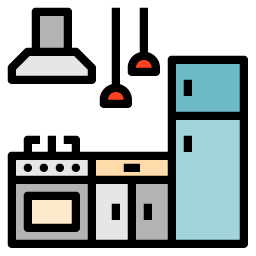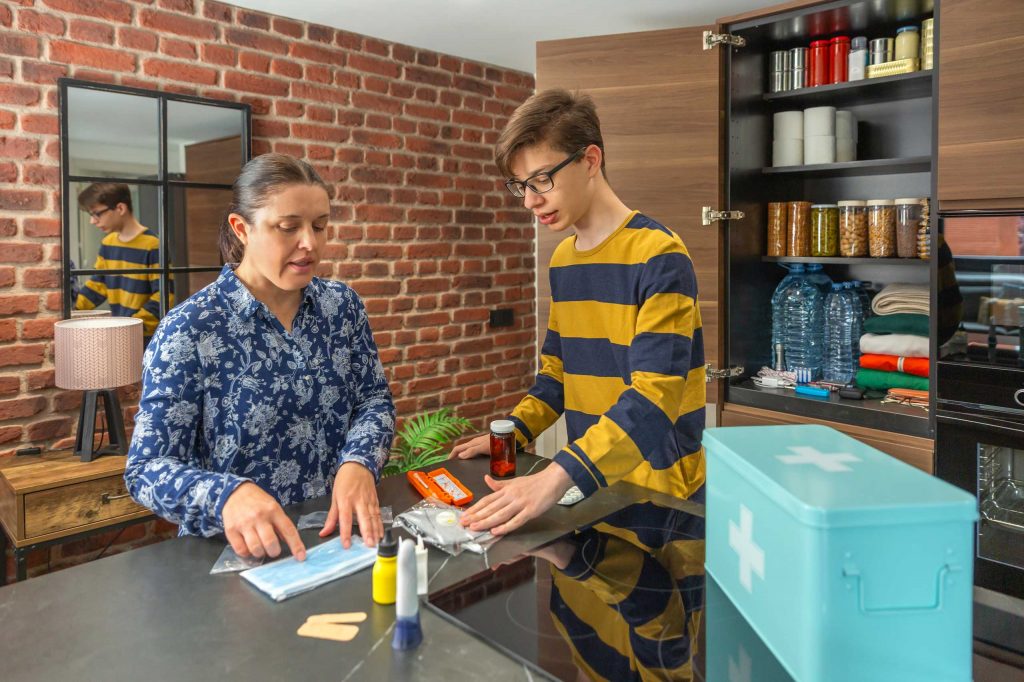Not everyone has the luxury of a spacious kitchen. But even in the smallest apartments or studio layouts, your kitchen can still work beautifully — if you let ergonomics lead the way.
The size of your kitchen doesn’t matter as much as how it’s used. In fact, small kitchens often have hidden advantages: less distance between zones, fewer steps, and the opportunity to design with intention.
Here’s how to turn your tiny kitchen into a powerhouse of comfort and flow.
Rethink the Triangle — Try the Line
In many small kitchens, the classic triangle layout (sink–stove–fridge) isn’t possible. That’s okay.
Instead, think of your kitchen as a single flow line:
- Start with the fridge (where ingredients live)
- Next is the sink (for washing/prep)
- Then your counter or cutting area
- Finally, the stove or oven
If these are placed in a logical order — even along one wall — you’ll save motion, energy, and frustration.
Fold, Hang, Nest: The Vertical Advantage
Small kitchens demand smarter storage. And the secret is often to go up, not out.
Ideas to maximize vertical space:
- Add hooks under cabinets for mugs, utensils, or even pans
- Use tiered racks inside cabinets to separate stacked items
- Install magnetic strips or rails on walls to free up drawers
These upgrades aren’t just space-saving — they reduce repetitive motion and make tools easier to grab without digging.
Movement Zones, Not Just Storage
Storage isn’t just about where things live. It’s also about how you move to reach them.
When every drawer and cabinet is packed, you move awkwardly, reach far, and crouch constantly. That’s where ergonomic zoning comes in.
Try this:
- Keep everyday items at waist-to-eye level
- Use sliding bins instead of fixed boxes in deep shelves
- Designate one drawer as your “prep starter” drawer: knives, board, towel, and timer all together
The Energy of Flow
There’s something satisfying about a kitchen where everything just makes sense — where you’re not bumping into furniture, hunting for lids, or dragging stools across the floor.
In small kitchens, flow becomes more important than design trends. You’re not optimizing for Instagram — you’re optimizing for comfort.
And that’s where ergonomics shine.
Conclusion
Your kitchen may be small — but its potential is huge.
With the right layout logic, thoughtful storage, and movement-aware design, your limited space can become one of the smartest, easiest kitchens you’ve ever used.
Because when every step matters, every ergonomic choice counts.

